It’s always nice to actually get down to working with a new client. Those weeks, or months, of discussions and planning beforehand are necessary: deciding on the most appropriate accounting system; designing any new procedures to integrate with it while minimising unnecessary disruption to tried-and-tested practices, even picking the right go-live date. Finally, the new accountant will have the task of inputting the latest available balance sheet into the new system to establish a common, agreed value between the old and new records, and it’s best done there with the client.
The balance sheet is simply a statement of assets and liabilities at a given date: what the business owns and what it owes. Behind it there may be hundreds or even thousands of individual nominal ledger accounts. Think of fixed assets everything from land and buildings, fuel tanks, pumps, car washes, through to shopfittings and maybe vehicles to computer and office equipment. At the very least normal accounting practice is to maintain separate nominal accounts for each category, recording the purchase date, cost and the associated depreciation charged against those assets over the years. Similarly current assets will include a line or two for stock; traditionally in forecourt accounting there’ll be at least a split between fuel and shop stock values.
So while a balance sheet may be short and simple, if we’re trying to install a new accounting system we need to bring across all of the underlying data from the old one. And because nobody wants to feed a new system with old or inaccurate data, this is usually the point where a little investigation is in order. Again, look at fixed assets: in any long-established business there’ll be a history within the accounting records of assets bought over the years. Some will have been written-off entirely, or written down to a nominal value of £1, simply by normal annual depreciation. But even more recent asset purchases that still have apparent value on the last balance sheet need to be looked at. They’ll be brought into the new system at their book value but any good accountant will want to know whether (a) those assets actually exist, and (b) what their real value should be adjusted to later so that the next balance sheet shows a true and fair view of the business.
stock values
However, if there’s one area where these discussions can become very interesting indeed, it’s that of stock values: not particularly wet stock, since that’s pretty easy to calculate, but when it comes to dry stock, life can become more complicated. The accountant will typically start by looking at the stock values in the last professionally prepared balance sheet, but they’re of limited use. So the accountant will go to the source and probably print off a report of the individual sales categories. The next question to the operator will be: "When was the last time any of these categories was physically counted, and the stock control system updated?" The likely response will be something along the lines of: tobacco and scratchcards are counted at least every day, oil might have been done a few months ago, and perhaps another category or two at last year-end.
where’s the stock?
The accountant will naturally then look at the remaining category values on the print-out. Despite the apparent variety of forecourt designs, anyone experienced in the sector knows that with most forecourt shops, what you see in the shop is likely to be most of their stock. So if the accountant notices that there’s something like £10k of grocery non-VAT on the stock report, they’re likely to want to see where this stock is lurking.
As we’ve said before, modern pos/stock control systems are wonderful things if used properly. Keeping them updated with correct purchase and sale prices, and making sure that correct bar codes are applied to all products are key, but most importantly it means going out into the shop, actually counting the stock on hand, and using the result to update the stock system. Not once a year but on a regular basis so that each category is covered at least quarterly. And while performing these reality checks. look not only at the quantity of items, but also their quality: are they out-of-date, or showing damaged packaging? If so, adjust their unit pricing accordingly and put them into the bargain bin by the checkout to get something for them if you can better to get some cash flow than none. But don’t wait for the occasional change of accounting systems before carrying out a few reality checks of your own start now and set a proper routine.


















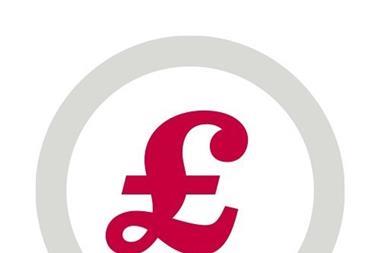
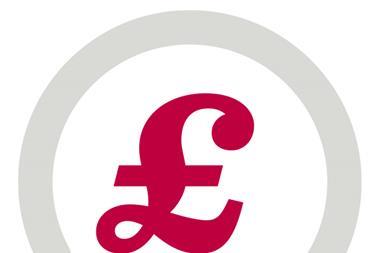
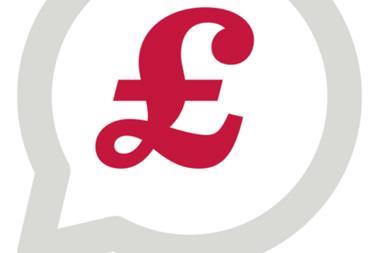
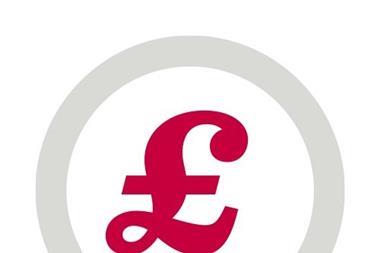

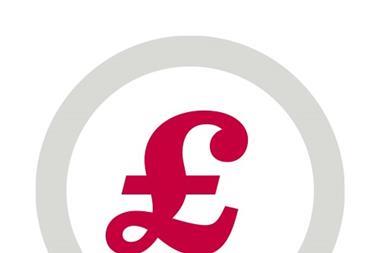
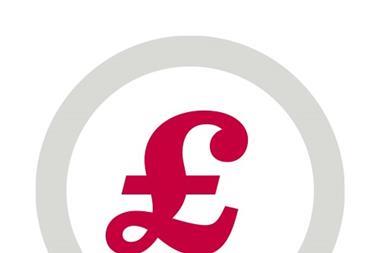

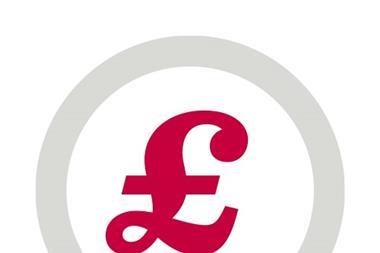
No comments yet